Have you ever found yourself waiting for Adobe Acrobat to open a document or respond to your commands? Whether you’re dealing with a large PDF file or just trying to navigate efficiently in Acrobat, slow response times can be frustrating for many people.
In this blog, we’ll look at the most common reasons Acrobat can run slowly on your system. Then guide you through some easy fixes to improve its performance—- covering everything from changing security settings, to freeing up system memory, and an Adobe Acrobat alternative to avoid slow performance issues altogether.
Part 1: Why is Adobe Acrobat So Slow?
It’s essential to understand why Adobe Acrobat is running slow. Before we look at solutions to the problem, we first need to understand the kind of issues that can impact performance:
- Software Issues: Outdated software, incompatible plugins, and conflict with other applications are just a few software issues that can make Adobe Acrobat lag.
- Large Files: When opening a document that has lots of images or high-quality graphics, Acrobat can suffer from performance issues. Large documents require more processing power to load, which can drastically slow down your application or cause it to crash.
- Limited Device Storage: Acrobat relies on your device’s storage to cache and quickly access your documents.
- Background Apps: When running too many background applications, Acrobat will perform slower as it relies on system memory to run smoothly.
By understanding these common causes of Adobe Acrobat lag, you’ll have an easier time troubleshooting your problem and finding the fix needed to resolve your issue.
Part 2: How Do You Fix Adobe Acrobat’s Slow/Lag Issue?
Now that you understand why Adobe Acrobat runs slowly, let’s explore some solutions to fix these problems. Whether you need to optimize your Acrobat settings, manage system memory more efficiently, or find an alternative application for your PDF documents. The following section will cover it all with a wide range of step-by-step guides.
Fix 1: Use Adobe Acrobat Alternative
If you need a fast and reliable way to manage your PDF files without having to worry about performance issues caused when using Adobe Acrobat, consider switching to UPDF— a perfect alternative for anyone who values time and function. UPDF not only provides a faster overall experience but also outperforms all the essential features you’d find in Acrobat:
- Faster Rendering: UPDF excels at rendering larger files, or files that contain high-quality images. This means you can open and edit your PDF documents freely without worry.
- Lightweight Installation: The size of UPDF is significantly smaller than Adobe Acrobat, putting less strain on your device.
- Cost-Effective: Costing only 17% of the price of Acrobat, UPDF is an ideal and affordable option! You can check and upgrade to pro here.
Next, we’ll guide you through opening and editing your PDFs with UPDF. Don’t forget to download UPDF here.
Windows • macOS • iOS • Android 100% secure
Step 1: Open Your PDF Document in UPDF
Click “Open File”, and then select the PDF document you’d like to begin editing.
Step 2: Edit Your PDF Document
Next, click the “Edit” button in "Tools", now you can easily edit the text, images, and anything else as you see fit.
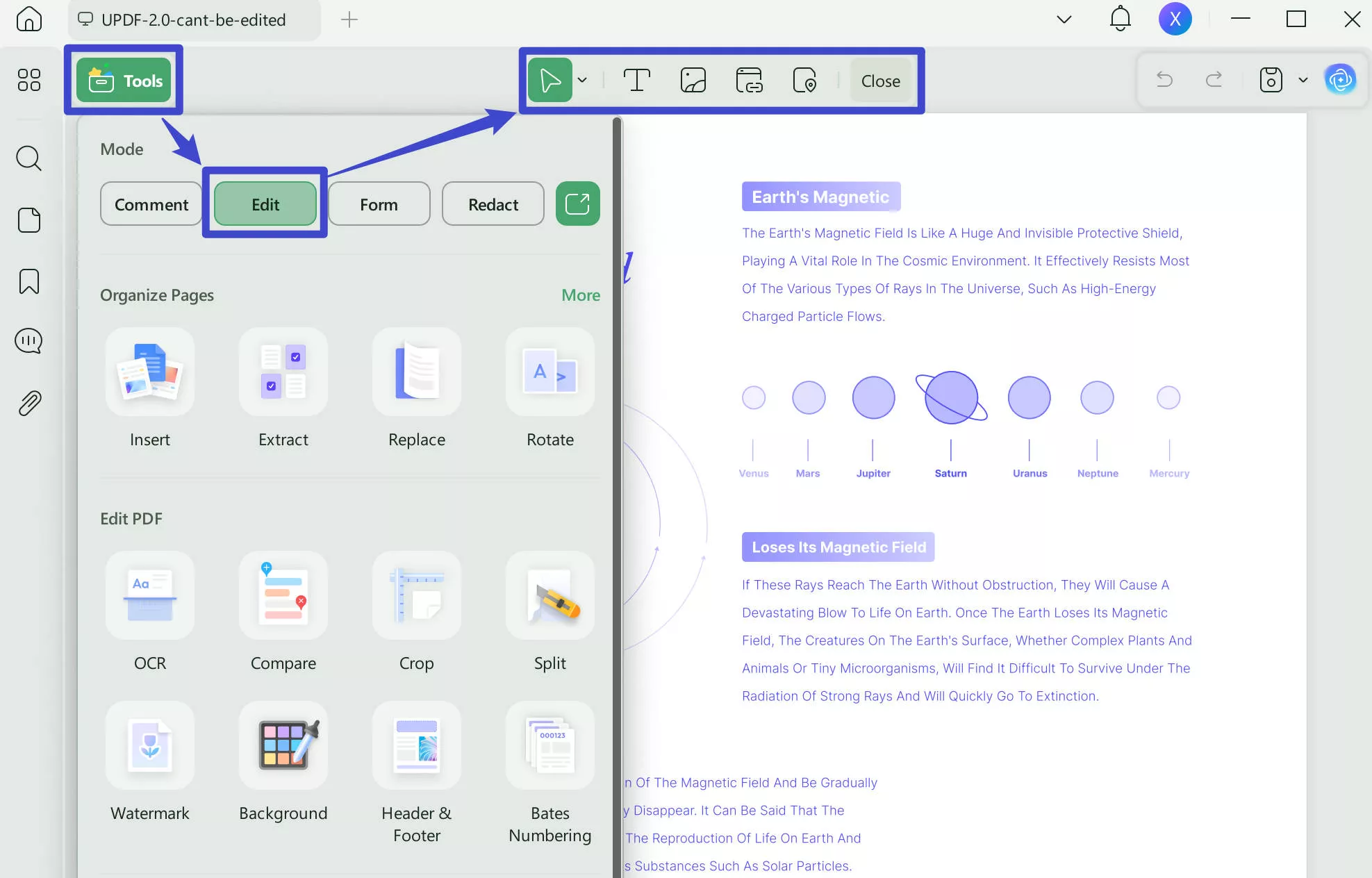
UPDF not only offers editing capabilities but also comes loaded with many additional features to enhance your PDF experience— such as AI assistance for translation, page summary, and much more!
You can check out this in-depth review of UPDF, or watch the video below for a complete breakdown of UPDF’s many amazing features!
Fix 2: Change Security Settings
Adjusting the security settings in Adobe Acrobat may enhance its performance. Certain settings can be overly restrictive and may slow down the application, especially with documents that have security features enabled.
Step 1: Finding the Security Settings
Navigate to the “Edit” menu button, then select “Preferences” from the dropdown menu, followed by “Security”
Step 2: Turn Off SafeLogic CryptoComply
Next, you’ll need to turn off “SafeLogic CryptoComply” if you are in the old version of Adobe Acrobat
Step 3: Disable Security (Enhanced)
Head to find “Security (Enhanced)”, and turn off everything in here.
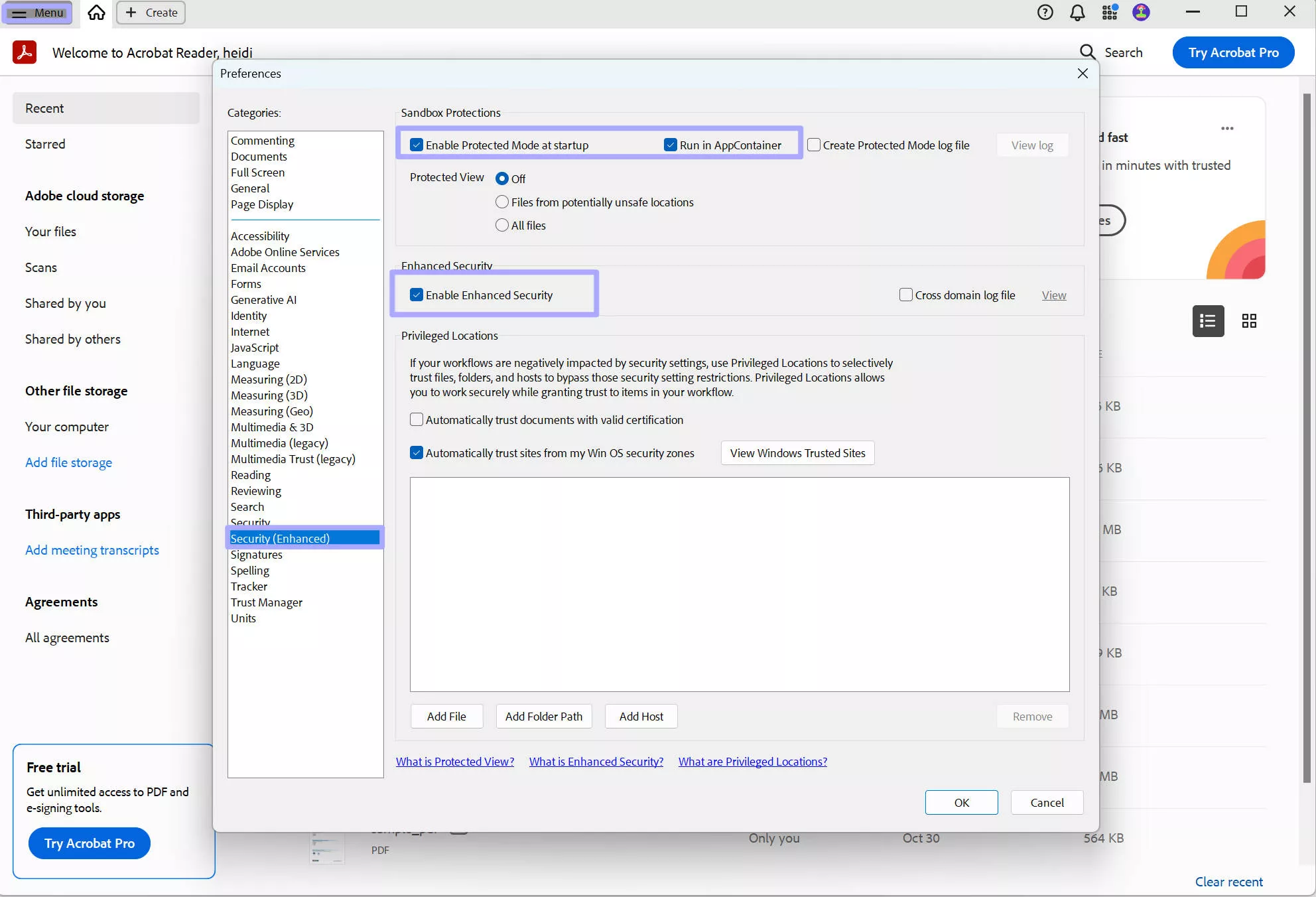
Following these steps on changing your security settings may help Acrobat run more efficiently and help reduce the lag you experience when accessing your PDF documents.
Fix 3: Reinstall Adobe Acrobat
The next option is to try reinstalling Adobe Acrobat. This may resolve underlying issues such as corrupted files, outdated components, or configuration errors.
Step 1: Uninstall Adobe Acrobat
Click the search bar on your desktop, type in “Program”, then select “Add or remove programs” from the options. Find Adobe Acrobat in the list of applications, right-click it, and select “Uninstall.”
Step 2: Install the Latest Version of Adobe Acrobat
Once uninstalled, head to the Adobe website and download the latest version of the Acrobat.
Reinstalling Acrobat may clear up performance issues, allowing you to once again work with PDF documents without the fear of slow performance affecting your workflow.
Fix 4: Disable Generative AI
The integrated Generative AI functions in Adobe Acrobat, can enhance productivity and lead to many performance issues— like slowing down your software. If you’re experiencing lag, disabling the generative AI may improve performance.
Step 1: Disabling the Generative AI
Click the “Menu” button, then select “Preferences”, followed by “Generative AI.” Find the option “Enable Generative AI” and uncheck this box to turn off the function.
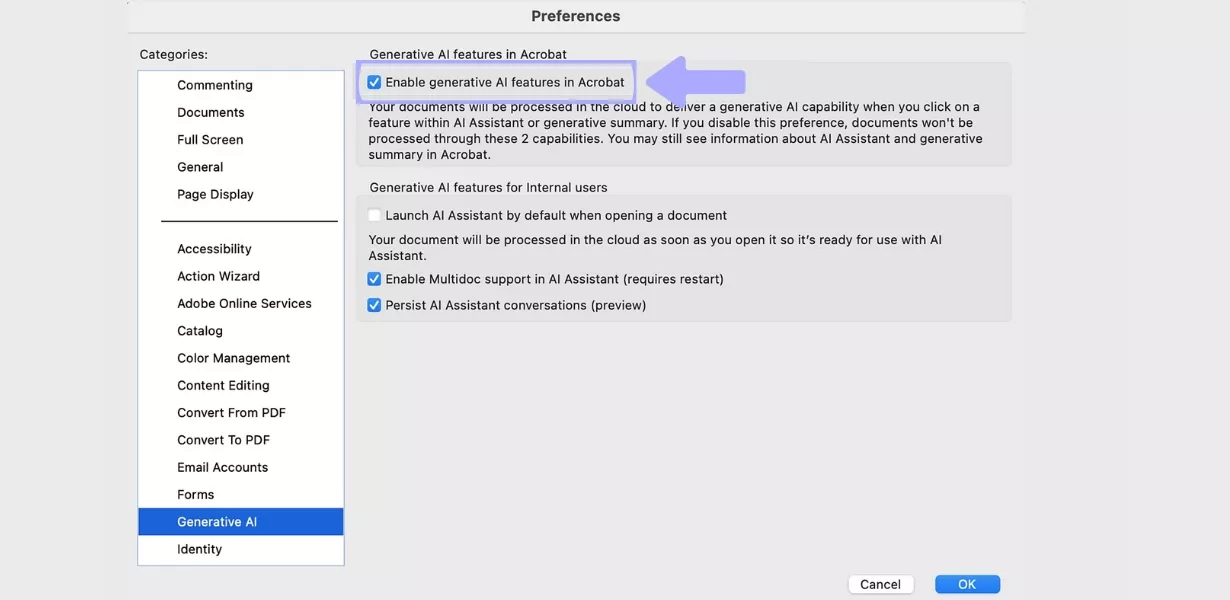
Disabling the generative AI functionality may help resolve performance issues with Acrobat. While a simple fix, this can make a significant difference when dealing with large files.
Fix 5: Uncheck ‘Use Page Cache’
Another quick way to improve Acrobat’s performance is by turning off the Page Cache option. This setting increases page rendering speed but can lead to Acrobat issues.
Step 1: Disabling “Use Page Cache”
Click on the “Menu” button, then select “Preferences”, followed by “Page Display.” Next, find the option “Use Page Cache” and uncheck this box to disable this feature.
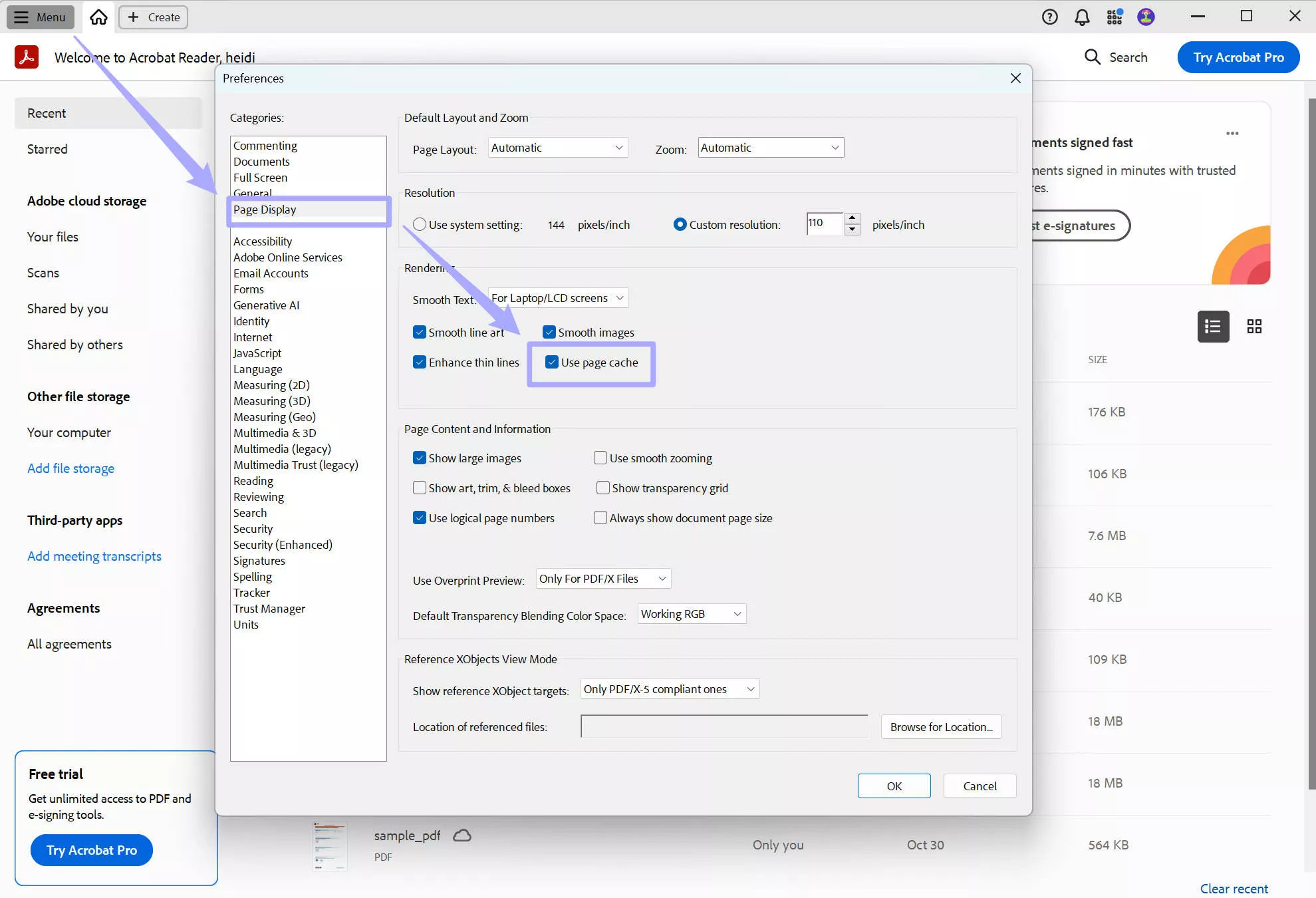
While designed to increase the speed at which Acrobat loads your documents, the Page Cache feature often causes lag. Therefore, disabling this feature may improve performance, especially when working with large PDF files.
Fix 6: Revert to the Old Version of Acrobat
If problems in Acrobat started after a recent update, reverting to an older version may help resolve these problems. Sometimes, the newer version can introduce bugs and compatibility issues.
Step 1: Reverting to an Older Version of Acrobat
Head over to the apps section on the Adobe Creative Cloud. Find Acrobat and click on the three dots, from the dropdown menu select “Other Versions.” Next, find the version you’d like to revert to and click “Install.”
By reverting to an older version, you may increase the performance of the software and reduce the amount of Adobe Acrobat lag you experience. If this solves your problem, you can continue to use the older version until a future update offers improved stability.
Fix 7: Quit Background Apps
A simple yet effective solution to Adobe Acrobat’s slow performance is quitting background applications. Having multiple programs running simultaneously can use up valuable system resources, such as RAM and CPU, which leads to issues with Acrobat.
Step 1: Open Task Manager
Right-click your taskbar at the bottom of the screen and select “Task Manager” from the menu or hit Ctrl+Shift+Esc. In the “Processes” tab, look for applications you are not currently using or that consume a lot of system resources. Select an application to close and click “End Task.”
Removing unnecessary background applications may significantly improve performance. This is a quick and easy fix to free up necessary system resources.
Fix 8: Free Up Computer Storage
Another quick solution to get Acrobat running faster is to free up storage on your device. When your hard drive is nearly full, it slows down your system and impacts the performance of applications.
Step 1: Empty the Recycle Bin
Right-click your “Recycle Bin” icon on your desktop and select “Empty Recycle Bin”, this is an easy fix to free up storage space.
Step 2: Disk Cleanup
Click on the Windows search bar and type “Disk Cleanup” then select the drive you’d like to clean. Next, check the boxes next to the file types you’d like to delete, such as “Temporary Files.”
By freeing up space on your hard drive, you improve the overall efficiency of your device. Frequently cleaning unnecessary files and applications will reduce the chance of Acrobat running slow.
Final Words
In summary, Adobe Acrobat slow performance issue can be frustrating, but using the steps above, you can troubleshoot and improve its performance. While there are various methods to fix your problem, these may only be temporary solutions. If you require a permanent solution then UPDF is the ideal alternative to Acrobat.
UPDF offers stability, a faster experience when working with PDFs, and a smaller installation size. If you’re in need of a reliable application that won’t ruin your workflow with unexpected slowdowns— costing only 17% of the price of Adobe Acrobat— try out UPDF today!
Windows • macOS • iOS • Android 100% secure
 UPDF
UPDF
 UPDF for Windows
UPDF for Windows UPDF for Mac
UPDF for Mac UPDF for iPhone/iPad
UPDF for iPhone/iPad UPDF for Android
UPDF for Android UPDF AI Online
UPDF AI Online UPDF Sign
UPDF Sign Read PDF
Read PDF Annotate PDF
Annotate PDF Edit PDF
Edit PDF Convert PDF
Convert PDF Create PDF
Create PDF Compress PDF
Compress PDF Organize PDF
Organize PDF Merge PDF
Merge PDF Split PDF
Split PDF Crop PDF
Crop PDF Delete PDF pages
Delete PDF pages Rotate PDF
Rotate PDF Sign PDF
Sign PDF PDF Form
PDF Form Compare PDFs
Compare PDFs Protect PDF
Protect PDF Print PDF
Print PDF Batch Process
Batch Process OCR
OCR UPDF Cloud
UPDF Cloud About UPDF AI
About UPDF AI UPDF AI Solutions
UPDF AI Solutions AI User Guide
AI User Guide FAQ about UPDF AI
FAQ about UPDF AI Summarize PDF
Summarize PDF Translate PDF
Translate PDF Explain PDF
Explain PDF Chat with PDF
Chat with PDF Chat with image
Chat with image PDF to Mind Map
PDF to Mind Map Chat with AI
Chat with AI User Guide
User Guide Tech Spec
Tech Spec Updates
Updates FAQs
FAQs UPDF Tricks
UPDF Tricks Blog
Blog Newsroom
Newsroom UPDF Reviews
UPDF Reviews Download Center
Download Center Contact Us
Contact Us

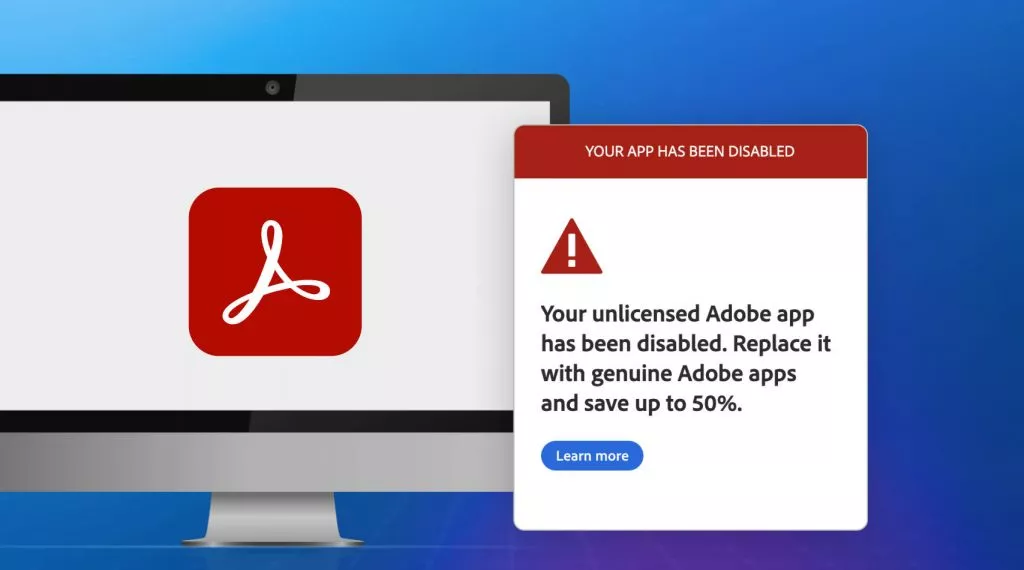
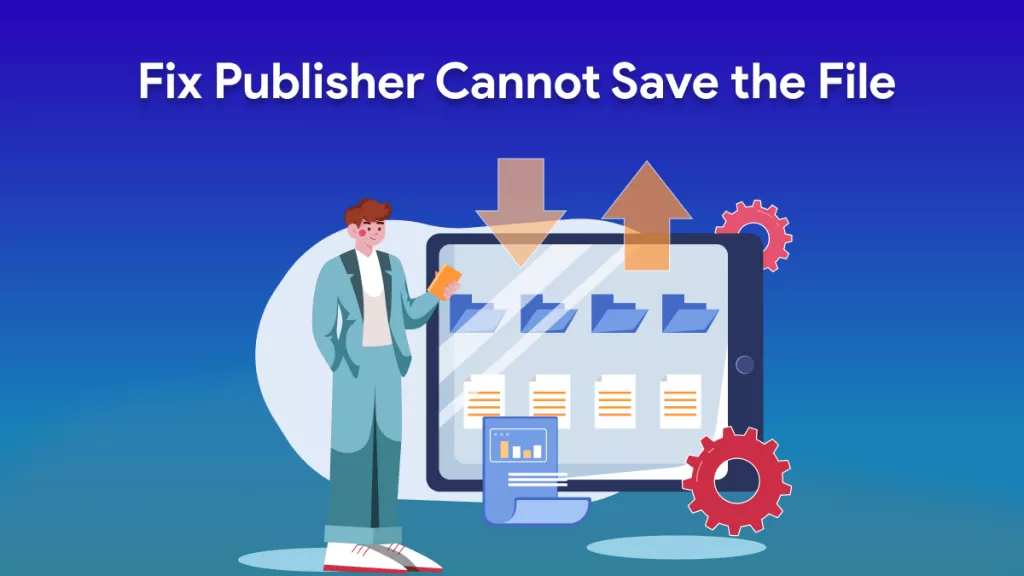




 Bertha Tate
Bertha Tate 
 Lizzy Lozano
Lizzy Lozano 
 Cathy Brown
Cathy Brown 
 Delia Meyer
Delia Meyer 
 Donnie Chavez
Donnie Chavez